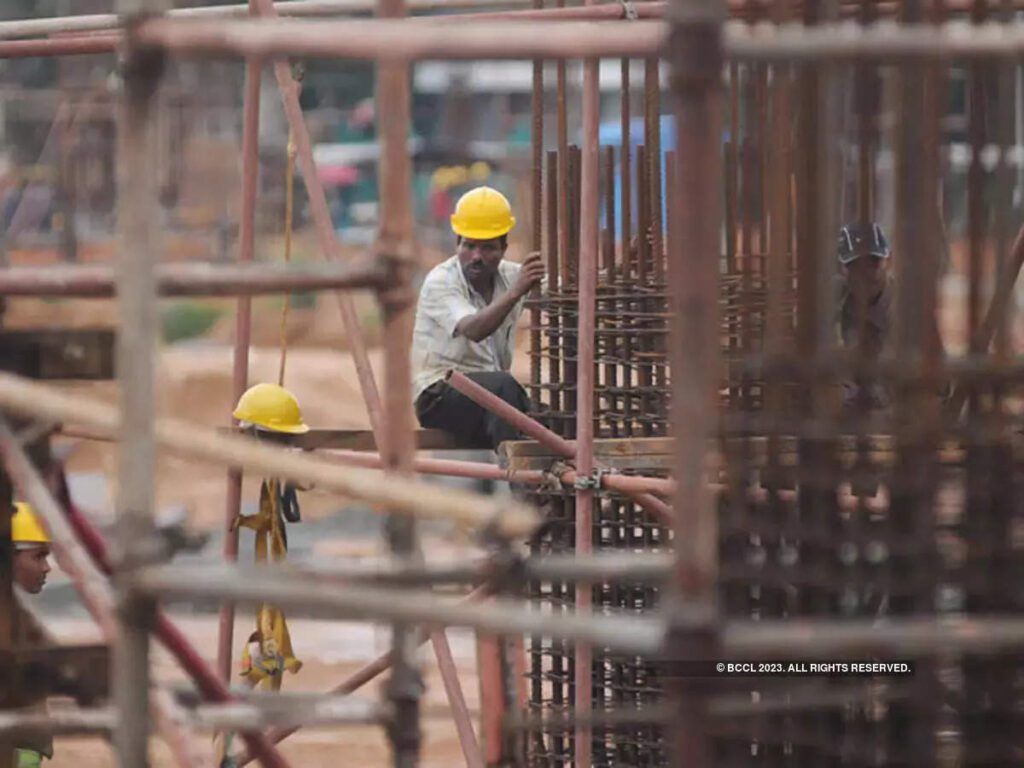In the demanding field of construction, workers face numerous challenges that can impact their orthopedic health. This article explores ergonomic practices and injury prevention strategies crucial for maintaining the well-being of construction workers.
Ergonomic Hazards for Construction Workers
Construction sites present a variety of ergonomic hazards that can lead to musculoskeletal disorders (MSDs) and other injuries. These hazards include:
Heavy Lifting: Constantly lifting and carrying heavy objects can strain muscles and joints.
Awkward Postures: Working in awkward positions for extended periods increases the risk of back, neck, and limb injuries.
Repetitive Motions: Tasks such as hammering or drilling repeatedly can cause strain injuries over time.

Preventing Ergonomic Injuries
To mitigate ergonomic injuries among construction workers, it’s crucial to implement the following practices:
Proper Lifting Techniques: Train workers in techniques that emphasize lifting with the legs rather than the back.
Use of Ergonomic Tools and Equipment: Provide tools and equipment designed to reduce strain and improve posture.
Regular Breaks and Rotation of Tasks: Encourage frequent breaks and task rotation to prevent overuse of specific muscles and joints.
Ergonomics and Injury Risk Reduction
Ergonomics is the science of designing tasks, workspaces, and equipment to fit the capabilities and limitations of workers. For construction workers, ergonomic principles can significantly reduce the risk of injuries by:
Improving Workstation Design: Designing workstations that promote neutral postures and reduce excessive reaching or bending.
Enhancing Tool and Equipment Design: Developing tools and equipment with ergonomic handles and controls to minimize strain.
Educating Workers: Providing training on ergonomic principles and encouraging workers to apply them in their daily tasks.

Understanding Ergonomics
Ergonomics is a multidisciplinary field that studies how to improve human performance and well-being in the workplace. It focuses on optimizing the interaction between people, tasks, and their environment to enhance safety, comfort, and productivity.
Conclusion
In conclusion, prioritizing orthopedic health through ergonomic practices and injury prevention is crucial for construction workers. By addressing ergonomic hazards, implementing preventive measures, and embracing ergonomic principles, employers can create safer and healthier work environments. This proactive approach not only enhances worker well-being but also improves overall productivity and reduces healthcare costs associated with workplace injuries.
Know More About Preventing Workplace Injuries: Ergonomics and Orthopedic Health
Orthopedic Health for Horse Riders: Preventing and Managing Riding-Related Injuries
